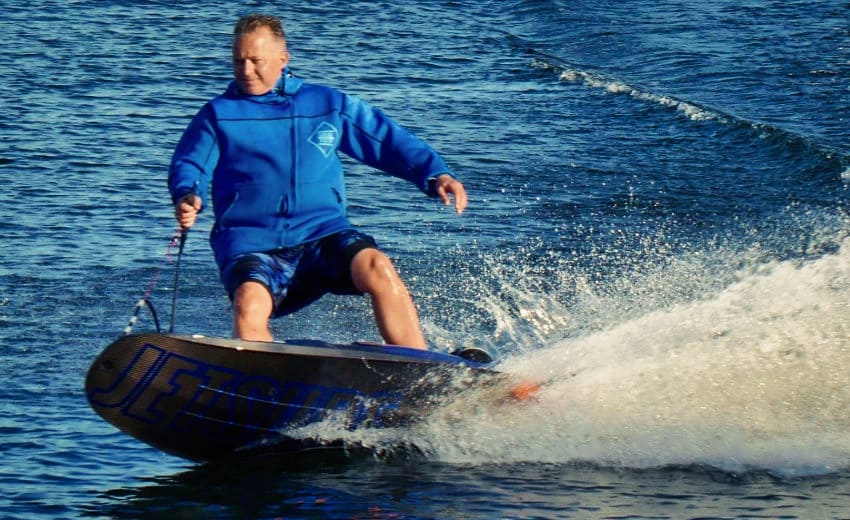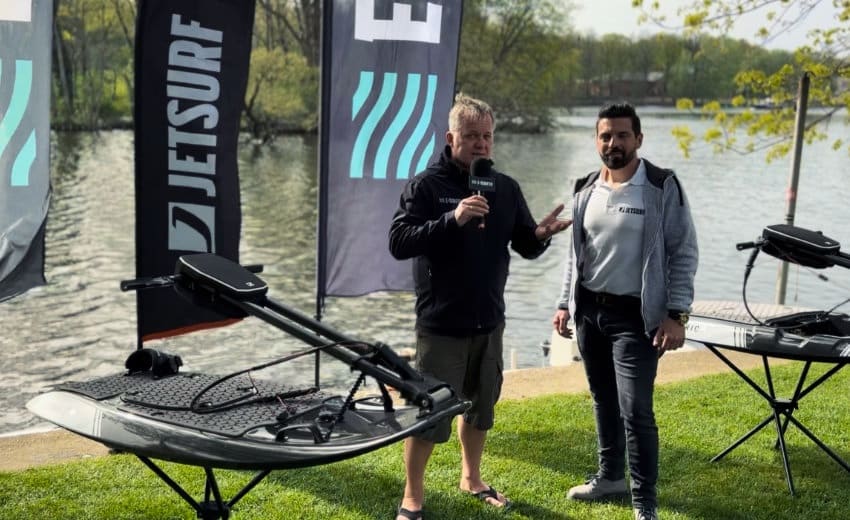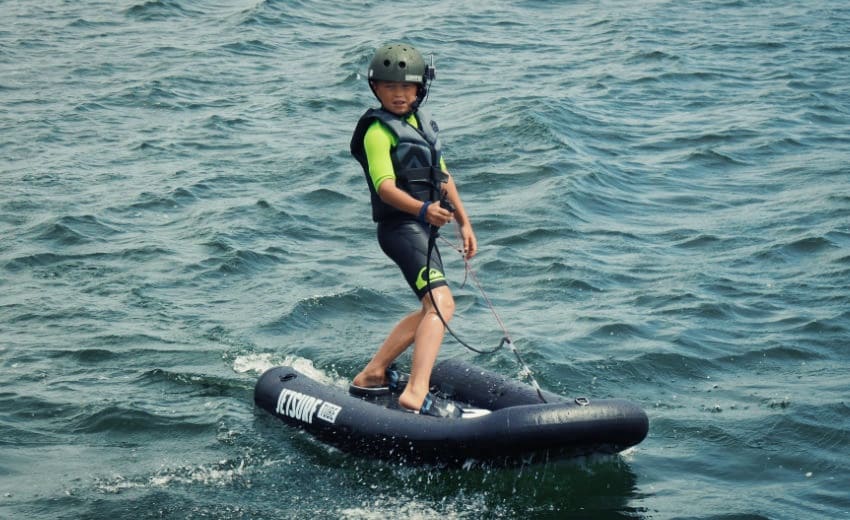Jetsurf is a Czech manufacturer of motorized surfboards. The petrol-powered jetboards from Jetsurf have been the market leader in their class for almost 20 years. However, electric surfboards are also available.

In particular, the gasoline-powered variants are used internationally for racing. The MOTOSURF Cup and the World Championships are held at locations around the world.
In these races, JETSURF has dominated the field for years. For some time now, there has also been a category for electric surfboards.
Thanks to new technologies, engine noise and exhaust fumes have been reduced more and more for petrol-powered jetboards. Nevertheless, JETSURF Electric remain quieter and have no local emissions at all.

However, the surfboards with combustion engines have a longer range, can be easily refueled and are lighter. That's why they still dominate jetboard racing.
At JETSURF, we distinguish between the following variants:
There is also a JETSURF Ski, available in both a gasoline and an electric version. We have made the following video for the Ski for the E-SURFER Youtube channel:
The ski can be used as a Jetski stand-up ski or as a jetboard. The removable handlebar allows even tighter turns.
For beginners, the JETSURF Tube is available. The tube is inflated and attached to the board to increase buoyancy, making the first attempts much easier.

And for cold days, there are also electric skateboards from JETSURF.
The Jetsurf models range between 14,000 and 18,000 EUR incl. VAT. The electric version is in the upper segment.
Basically yes. Jetsurf boards are classified in Germany by the Wasserstraßenschifffahrtsamt (WSA) as a water motorcycle (jet ski) and must carry a license plate as soon as they have more than 2.21 kW (3 hp) of power. Other rules may apply to local waters.
The Jetsurf models can reach speeds of 40 to 60 km/h.
Depending on the model, the petrol-powered boards weigh around 20 kg and the electric models just under 40 kg.
The manufacturer states the maximum driver weight at 120 kg for petrol models and 100 kg for electric models.
No. You remain below the power limits for gasoline (11kW) and electric motors (7.5 kW). Racing models are excluded.
The petrol models are lighter and have more power. They are easy to refuel and have a greater range.
The electric models, on the other hand, are quieter and produce no exhaust fumes.